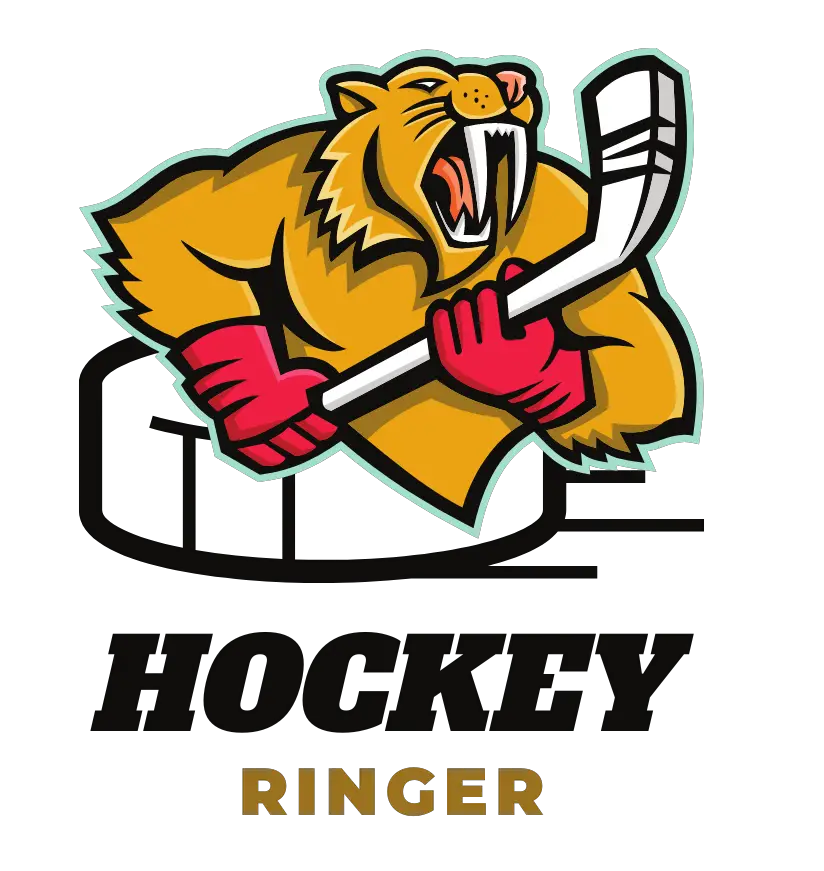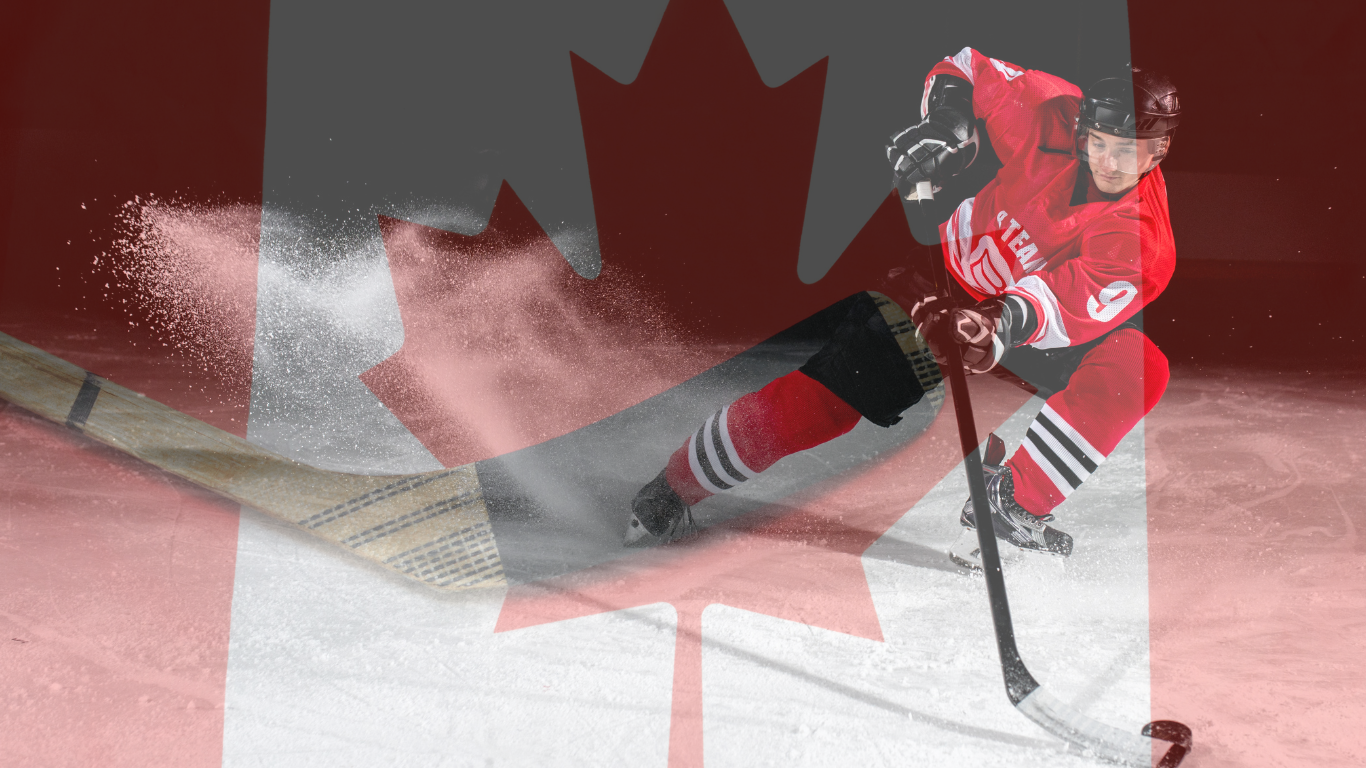The Eastern College Athletic Conference (ECAC) is a college athletic conference that comprises schools that compete in 15 sports, including ice hockey. The conference has over 200 member institutions in NCAA Divisions I, II, and III, ranging in location from Maine to South Carolina and west to Missouri.
The ECAC was established in 1938 as the Central Office for Eastern Intercollegiate Athletics with Executive Director, Asa Bushnell, a secretary, a two-room suite in the Hotel Roosevelt, a $28,000 yearly budget, and a mimeograph machine.
ECAC Hockey is one of the six conferences that compete in NCAA Division I ice hockey. The conference used to be affiliated with the Eastern College Athletic Conference, a consortium of over 300 colleges in the eastern United States.
ECAC Hockey was established in 1961 and has been a prominent conference in college ice hockey ever since. The conference has produced numerous NHL players, including Martin St. Louis, Joe Nieuwendyk, and Ken Dryden.
What is The Eastern College Athletic Conference?

The Eastern College Athletic Conference (ECAC) is an athletic conference comprising over 220 member institutions in NCAA Divisions I, II, and III, ranging from Maine to South Carolina and west to Missouri.
The ECAC was founded in 1938 as the Central Office for Eastern Intercollegiate Athletics and has since grown to become one of the country’s largest and most diverse athletic conferences.
The ECAC is dedicated to enhancing student-athletes’ experience participating in intercollegiate athletics and providing great value for universities and colleges by sponsoring championships and offering support services. The ECAC oversees competition in 15 sports, including ice hockey, one of the conference’s most popular sports.
The ECAC Hockey League is a men’s ice hockey conference that is part of the ECAC. It was established in 1961 and is one of the oldest and most prestigious conferences in college hockey.
The ECAC Hockey League is made up of 12 member institutions located primarily in the Northeastern United States. The conference has a rich history of success in college hockey, with many of its teams consistently ranked among the top in the country.
The ECAC is an essential player in college hockey, and its member institutions have a strong tradition of excellence on the ice. The conference is known for its high level of competition, and its teams regularly compete for national championships. If you are a college hockey fan, the ECAC is a conference to watch.
ECAC in Ice Hockey
The Eastern College Athletic Conference (ECAC) is one of the six conferences that compete in NCAA Division I ice hockey. It is a college athletic conference comprising schools that compete in 15 sports (13 men’s and 13 women’s) and has 220 member institutions in NCAA Divisions I, II, and III, ranging in location from Maine to South Carolina and west to Missouri.
In ice hockey, the ECAC is the only Division I hockey conference with a full complement of teams for both sexes.
The ECAC men’s ice hockey championship tournament is held annually at the end of the regular season. The top eight teams in the conference standings qualify for the tournament, which is a single-elimination format.
The winner of the tournament receives an automatic bid to the NCAA hockey tournament. The ECAC women’s ice hockey championship tournament follows a similar format, with the top four teams qualifying for the tournament.
In the event of a tie at the end of regulation in an ECAC hockey game, a five-minute overtime period is played. If the game remains tied after the overtime period, the game officially ends in a tie.
The ECAC standings are determined by the number of points earned by each team during the regular season. A win earns three points, a tie earns one point, and a loss earns zero points.
The ECAC men’s ice hockey championship tournament has been held annually since 1962. The tournament has been won by a variety of schools over the years, including Harvard, Cornell, and Clarkson.
The ECAC women’s ice hockey championship tournament was first held in 2002 and has been won by schools such as Cornell, Harvard, and Clarkson.
Member Institutions and Teams
The Eastern College Athletic Conference (ECAC) is a college athletic conference that comprises schools that compete in 15 sports, including ice hockey. The ECAC has 220 member institutions in NCAA Divisions I, II, and III, ranging in location from Maine to South Carolina and west to Missouri. Most or all members belong to at least one other athletic conference.
The ECAC has 12 member institutions in ice hockey, including Ivy League schools such as Cornell, Yale, Harvard, and Princeton. Other member institutions include Clarkson University, Colgate University, Dartmouth College, Quinnipiac University, Rensselaer Polytechnic Institute, St. Lawrence University, and Union College.
Each member institution has both a men’s and women’s ice hockey team, except for the United States Military Academy (Army), which only has a men’s team.
The ECAC also includes affiliate members, which are institutions that compete in ice hockey but are not full members of the conference. Affiliate members include Northeastern University, Providence College, and the University of Vermont.
The ECAC is known for its competitive ice hockey programs, with several member institutions consistently ranking highly in national polls. Cornell University, Clarkson University, and Harvard University have all won national championships in men’s ice hockey, while Clarkson University, Dartmouth College, and Quinnipiac University have won national championships in women’s ice hockey.
Overall, the ECAC is a highly respected college athletic conference with a strong presence in ice hockey. Its member institutions and teams are known for their competitive spirit and dedication to the sport.
Historical Performance
The Eastern College Athletic Conference (ECAC) was founded in 1938 as the Central Office for Eastern Intercollegiate Athletics. In 1961, ECAC Hockey was created as a loose association of college hockey teams in the Northeast. Since then, ECAC Hockey has become one of the premier conferences in collegiate ice hockey.
Over the years, ECAC Hockey teams have had considerable success in both the NCAA Tournament and the Frozen Four.
ECAC Hockey teams have won a total of 12 National Championships, with the most recent coming in 2013 when Yale defeated Quinnipiac in the title game.
In addition to their success in the postseason, ECAC Hockey teams have also performed well during the regular season. The conference has a rich history of competitive play, with several teams consistently ranking among the top in the nation.
The ECAC Hockey archives contain a wealth of information on the history of the conference, including statistics, standings, and championship tournament results. Fans of college hockey can explore the archives to learn more about the conference’s storied past.
Impact of Covid-19 on ECAC Ice Hockey
The Covid-19 pandemic has had a significant impact on the Eastern College Athletic Conference (ECAC) ice hockey. The pandemic forced the cancellation of the 2020-21 season for eight of the twelve teams in the conference.
The only teams that played were Quinnipiac, Clarkson, Colgate, and St. Lawrence, who had to put together a makeshift season.
The pandemic’s impact was not limited to the cancellation of the season, but it also affected the teams’ training and preparation for the season. The teams had to follow strict Covid-19 protocols, which included regular testing, wearing masks, and social distancing.
These protocols disrupted the teams’ training and preparation, making performing at their best difficult.
The pandemic also affected the recruitment of new players. The travel and in-person visits restrictions made it challenging for coaches to recruit new players. The pandemic also affected the players’ mental health, as they had to deal with the uncertainty of the season and the fear of contracting the virus.
Despite the challenges posed by the pandemic, the ECAC managed to adapt and find ways to keep the sport going. The conference introduced new protocols to ensure the safety of players, coaches, and staff. These protocols included limiting the number of spectators, sanitizing equipment, and implementing contact tracing.
Media Coverage and Broadcasting
The Eastern College Athletic Conference (ECAC) in ice hockey has gained significant media coverage over the years. The conference has partnered with various media outlets to broadcast its games to a wider audience.
One of the major broadcasters of ECAC ice hockey games is ESPN. The sports network has been broadcasting ECAC games for several years, bringing the conference to a national audience. ESPN broadcasts games on its various platforms, including ESPN3, ESPNU, and ESPN+.
In addition to ESPN, other regional and local broadcasters also cover ECAC ice hockey games. These broadcasters include regional sports networks such as NESN and MSG and local stations in the areas where the games are being played.
The ECAC also has its own media relations staff that works to promote the conference and its games. The staff welcomes coverage of its programs by accredited writers, broadcasters, and photographers.
The staff also provides guidelines to make the experience of covering ECAC games an enjoyable one.
Other ECAC Sports
In addition to ice hockey, the Eastern College Athletic Conference (ECAC) sponsors championships in a variety of other sports. The ECAC is a college athletic conference with over 220 member institutions in NCAA Divisions I, II, and III, ranging in location from Maine to South Carolina and west to Missouri.
One of the most popular ECAC sports is men’s basketball. The conference includes teams such as the RPI Engineers and the Union Dutchmen, who have both had success in recent years.
The conference also sponsors championships in women’s basketball, with teams such as Brown University and the University of New Hampshire competing.
Another popular ECAC sport is baseball, with teams such as the University of Minnesota and the University of New Hampshire competing.
The conference also sponsors championships in softball, with teams such as Brown University and the University of Minnesota competing.
The ECAC also sponsors championships in field hockey, with teams such as the University of New Hampshire and Brown University competing. The conference also sponsors championships in men’s and women’s soccer, with teams such as the University of Minnesota and the University of New Hampshire competing.
The ECAC is also involved in football, with several of its member schools competing in the Football Championship Subdivision (FCS). The conference includes teams such as the Patriot League, which includes schools such as Brown University and the University of New Hampshire.
Awards and Recognition
The Eastern College Athletic Conference (ECAC) recognizes outstanding performances by ice hockey players and teams through various awards and honors. Here are some of the awards given out by the ECAC:
Player Awards
- Player of the Year: This award is given to the best player in the conference based on their performance throughout the season. The winner is selected by a vote of the league’s coaches.
- Rookie of the Year: This award is given to the best first-year player in the conference. The winner is selected by a vote of the league’s coaches.
- Goaltender of the Year: This award is given to the best goaltender in the conference based on their performance throughout the season. The winner is selected by a vote of the league’s coaches.
Team Awards
- Regular Season Champions: The team with the best record in the conference during the regular season is recognized as the regular season champion.
- Tournament Champions: The winner of the ECAC tournament is recognized as the conference tournament champion.
All-Conference Teams
The ECAC also recognizes outstanding players by selecting All-Conference teams. The First Team All-Conference consists of the top six forwards, four defensemen, and two goaltenders in the conference. The Second Team All-Conference consists of the next six forwards, four defensemen, and two goaltenders in the conference. The All-Rookie Team consists of the top six first-year players in the conference.
Overall, the ECAC recognizes outstanding performances by ice hockey players and teams through a variety of awards and honors. These awards provide recognition for the hard work and dedication of the players and coaches in the conference.





Leave a Reply